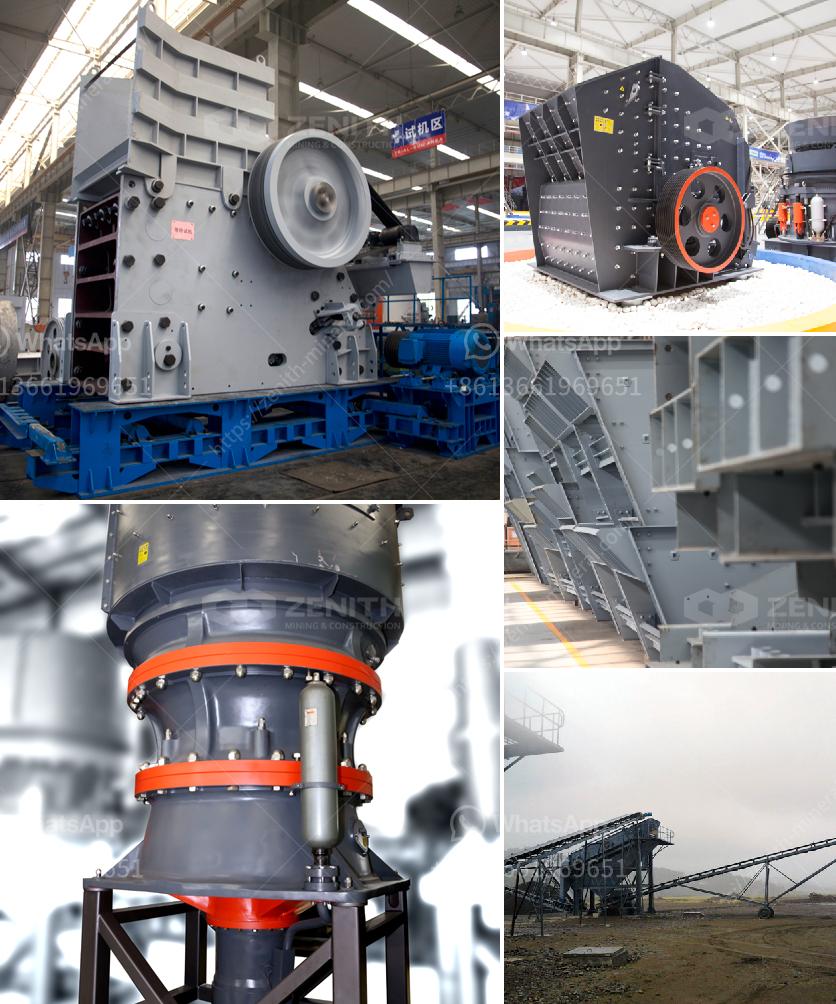Building a ball mill for grinding materials involves several steps. Here’s a general guide to get you started:
Materials and Tools Needed:
- Container: A drum or large sturdy tank (steel, ceramic, or plastic) that will serve as the mill’s barrel.
- Motor: An electric motor with the appropriate power and torque.
- Shaft and Bearings: To rotate the drum.
- Pulley System or Gearbox: For controlling the speed.
- Balls: Hardened steel, ceramic, or rubber balls, the grinding media.
- Frame: A sturdy stand or frame to hold everything in place.
- Additional Tools: Welding machine, wrenches, drill, screws, nuts and bolts, belts, etc.
Steps:
-
Design the Mill:
- Determine the size of the drum based on your volume and expected throughput.
- Ensure the drum size and motor power are aligned to achieve adequate rotation speed.
-
Prepare the Drum:
- Securely seal one end of the container.
- Install a cover that can be securely fastened and removed for loading and unloading.
- If necessary, reinforce the drum to prevent deformation.
-
Install the Motor and Shaft:
- Attach a rotating shaft through the drum.
- Secure the shaft with bearings on both ends to allow smooth rotation.
- Connect the motor to the shaft using a pulley system or gearbox. Ensure the alignment is precise to avoid strain on the components.
-
Mount the Drum on the Frame:
- Build a sturdy frame to hold the drum horizontally.
- Secure the drum and motor assembly onto the frame, ensuring that it is stable and well-balanced.
-
Load the Balls and Material:
- Fill the drum with the appropriate amount of grinding balls and the material you wish to grind. The ratio of the balls to the material should generally be 2:1 by volume.
- Make sure the drum is not overfilled to allow the balls to tumble and grind efficiently.
-
Safety Precautions:
- Enclose moving parts to prevent accidents.
- Ensure all electrical connections are safe and secure.
- Consider installing a switch or emergency stop button for immediate shutoff.
-
Testing and Operation:
- Start the motor and let the drum rotate.
- Monitor the operation for any unusual noises or vibrations. Adjust the speed if necessary.
- Once the process runs smoothly, allow the mill to run for the desired duration to achieve the required fineness.
-
Maintenance:
- Regularly check the condition of the balls, the drum, and other components.
- Lubricate the bearings and rotating parts to ensure a long operational life.
- Replace any worn-out parts as needed.
Final Tips:
- Experiment with different materials and grinding balls to optimize the grinding efficiency.
- Ensure consistent and quality results by maintaining the equipment properly.
- Always follow safety guidelines and consider the potential for hazardous dust or noise when operating the mill.
Remember, building a ball mill requires a mix of mechanical skills and knowledge about materials and grinding techniques. If you are unsure, consider seeking guidance from an experienced professional.

